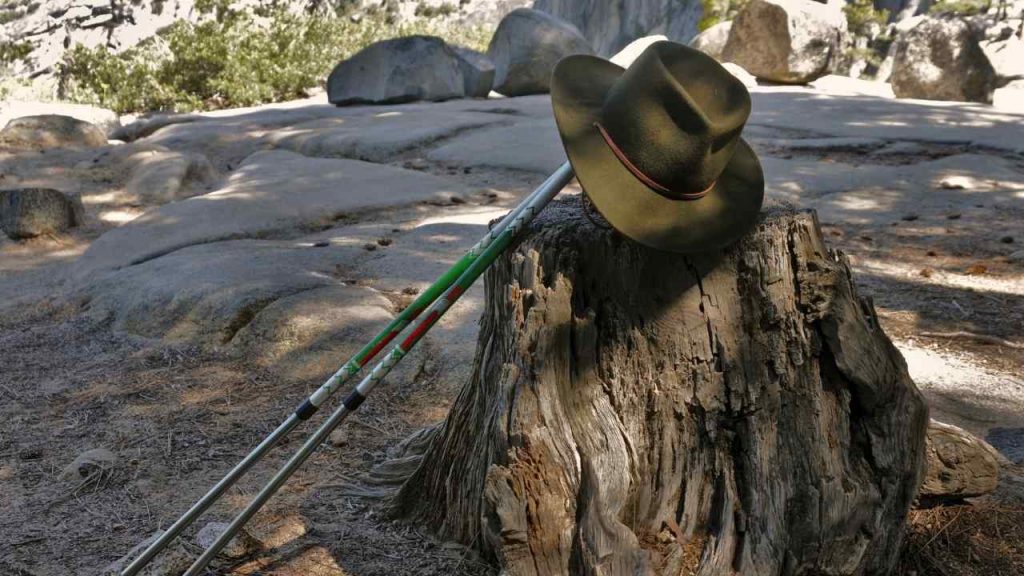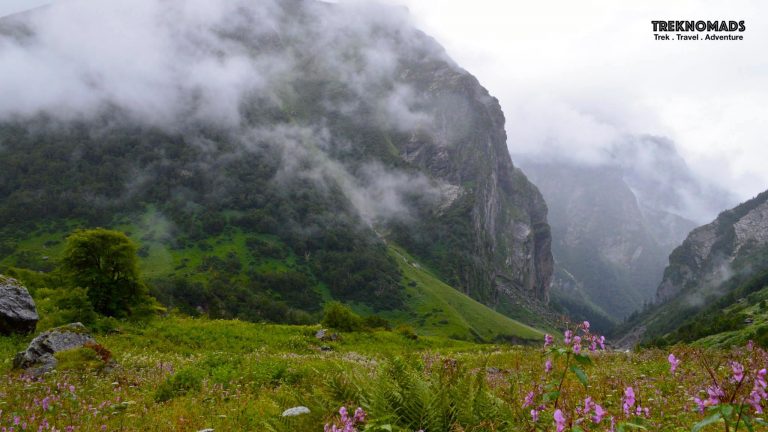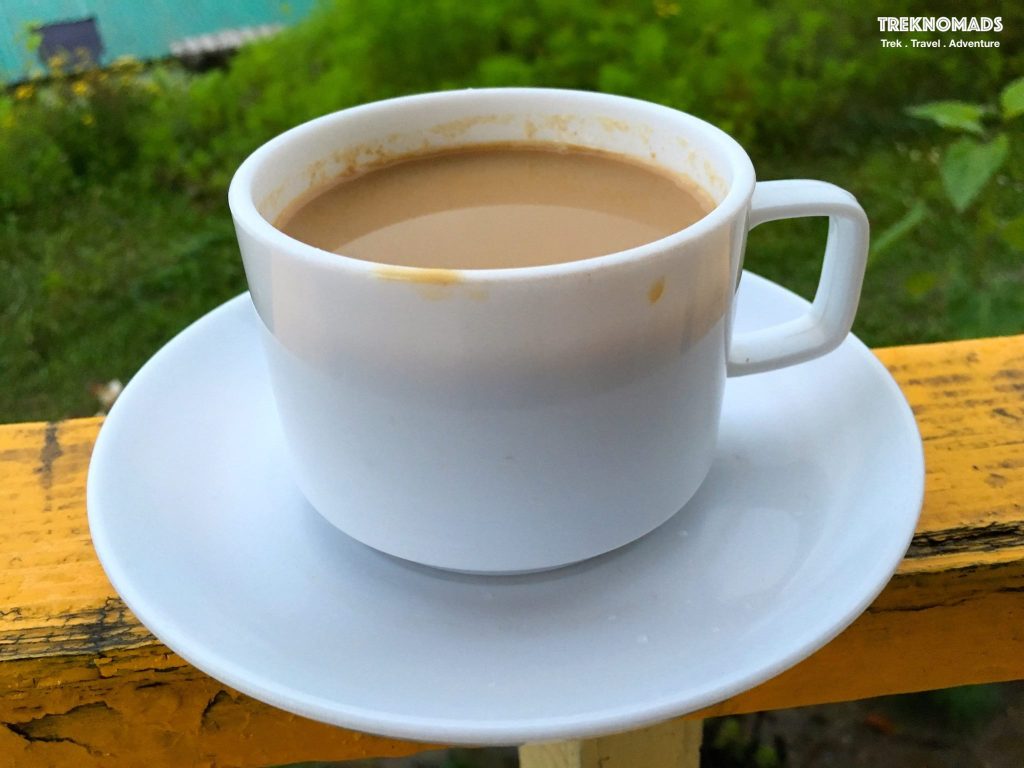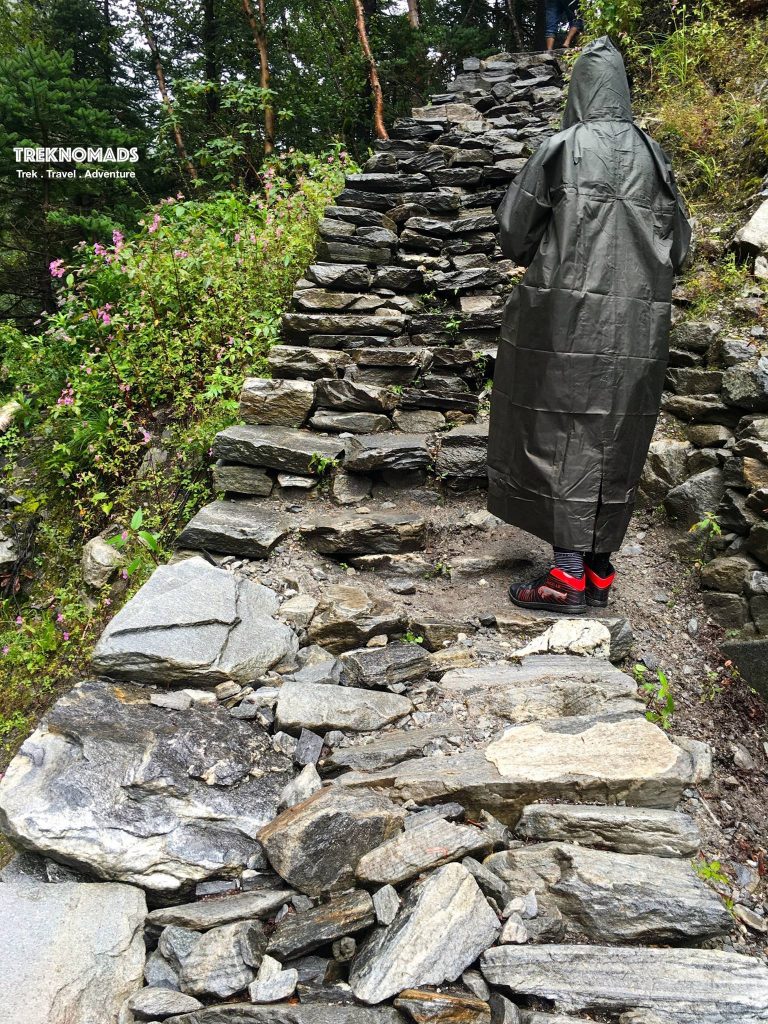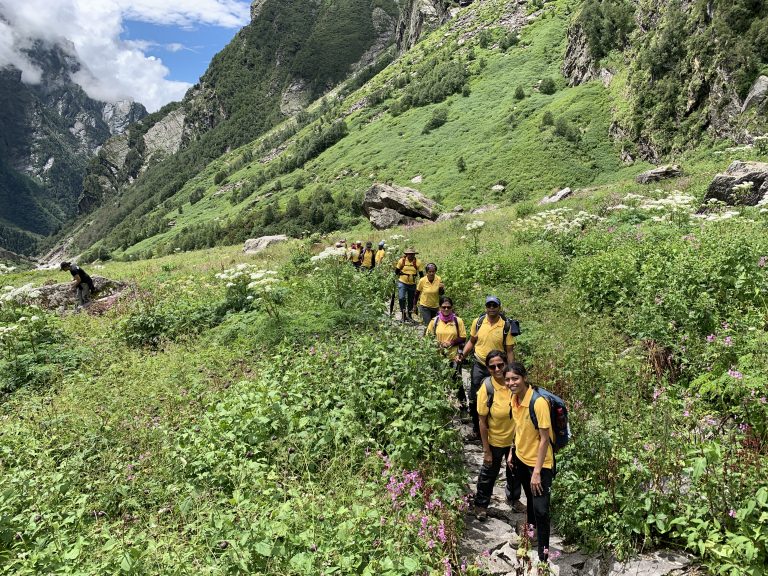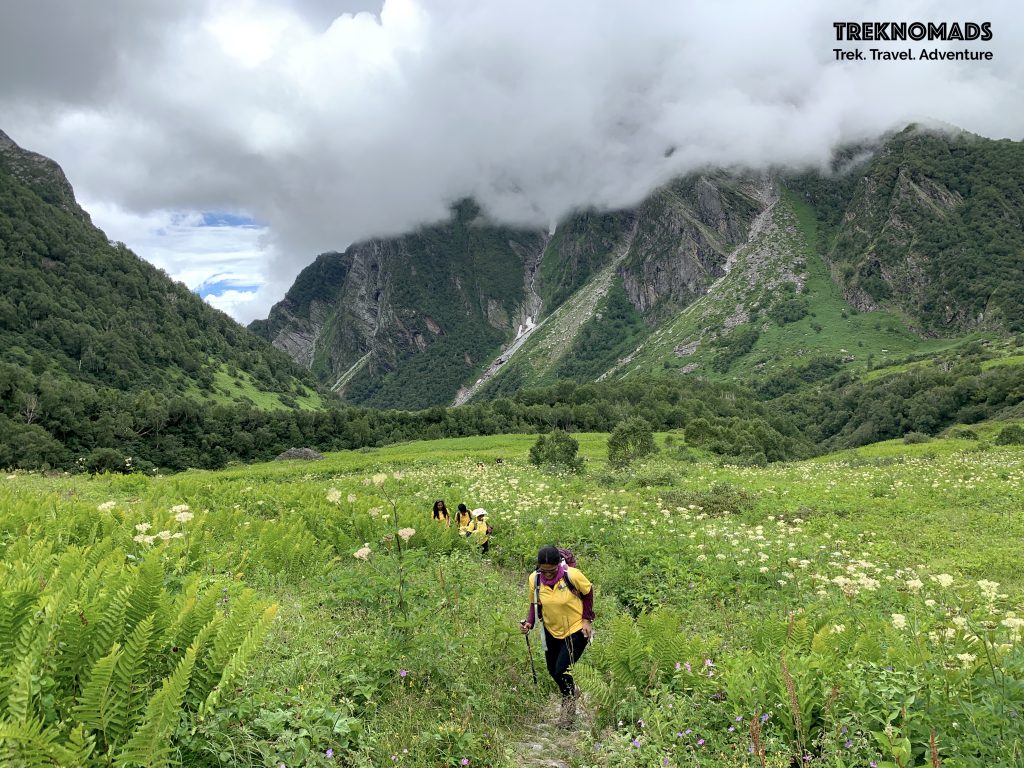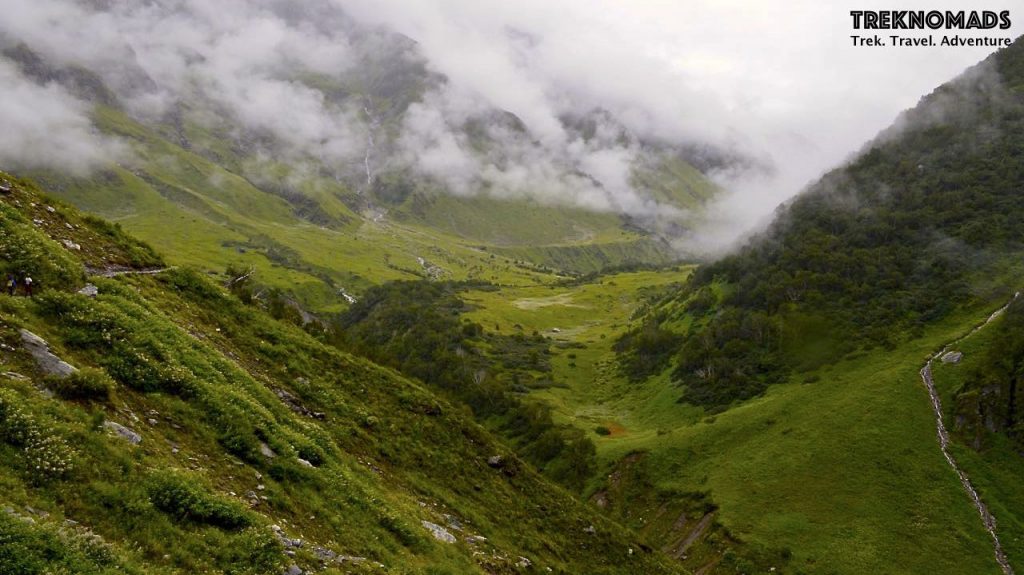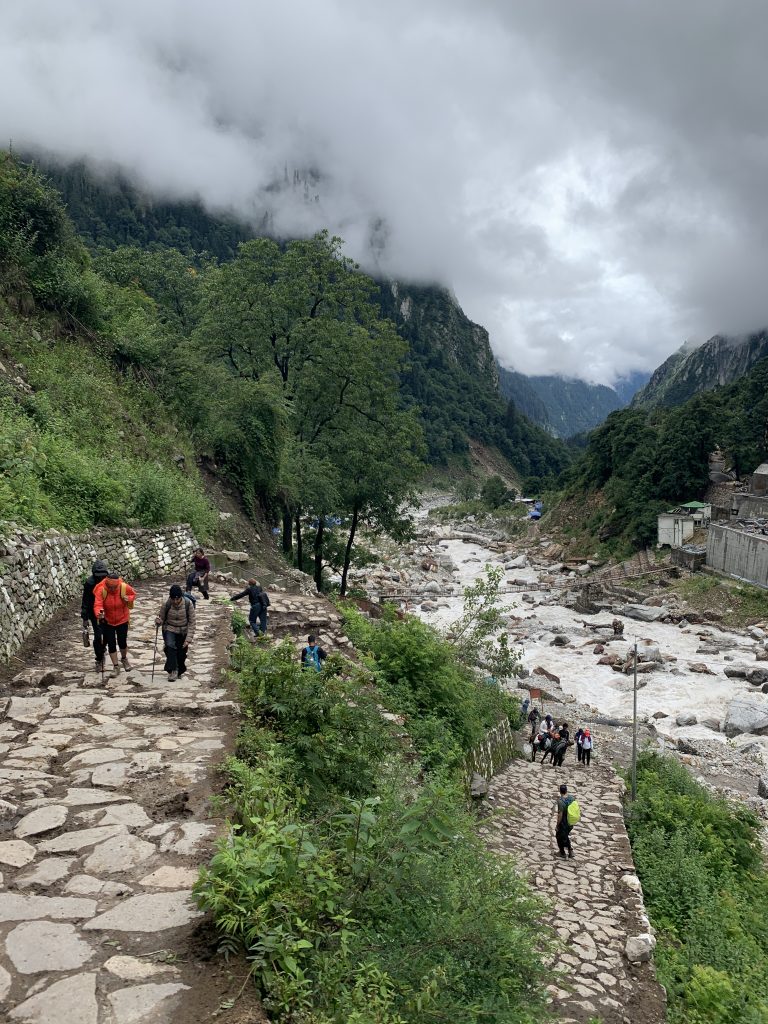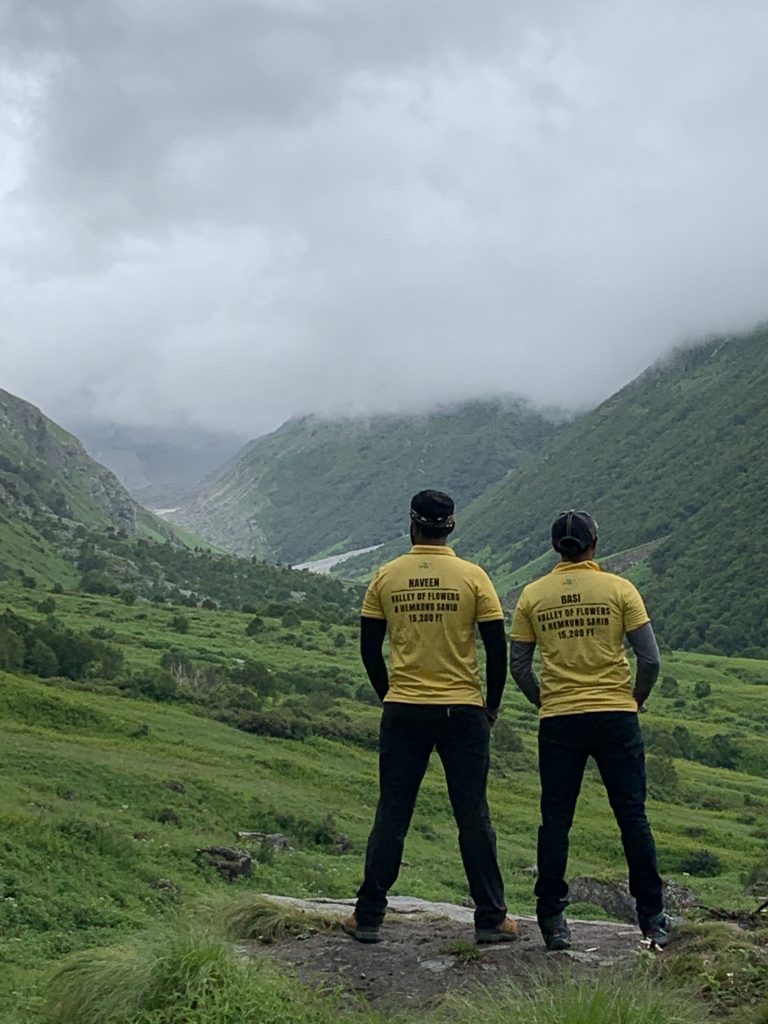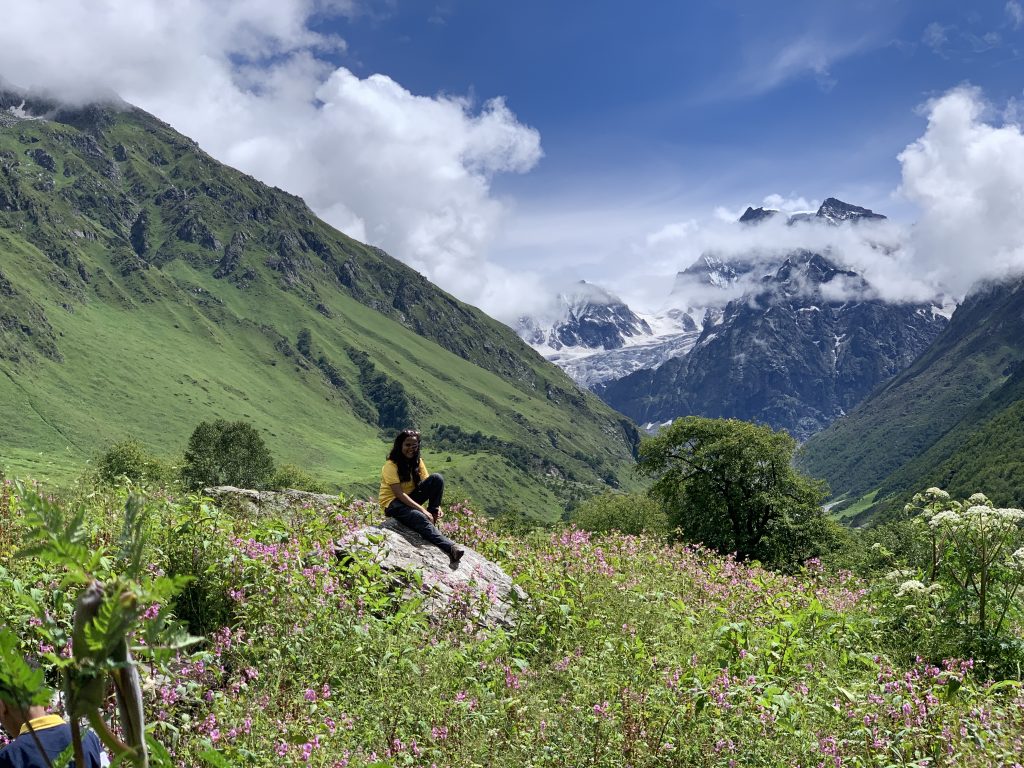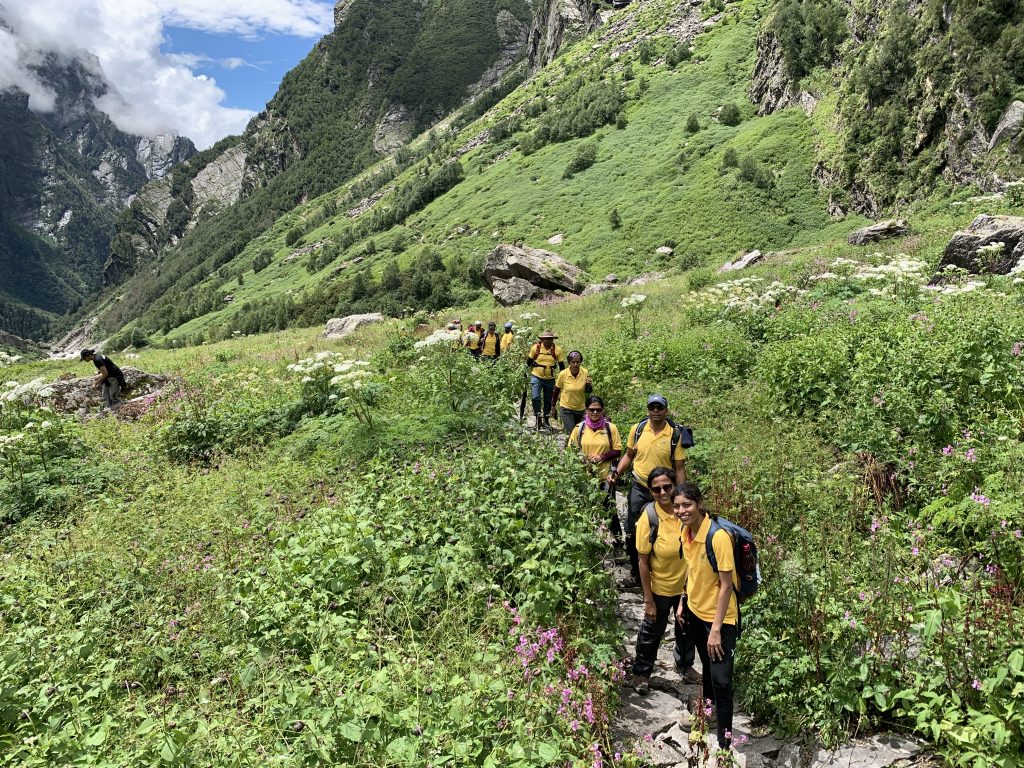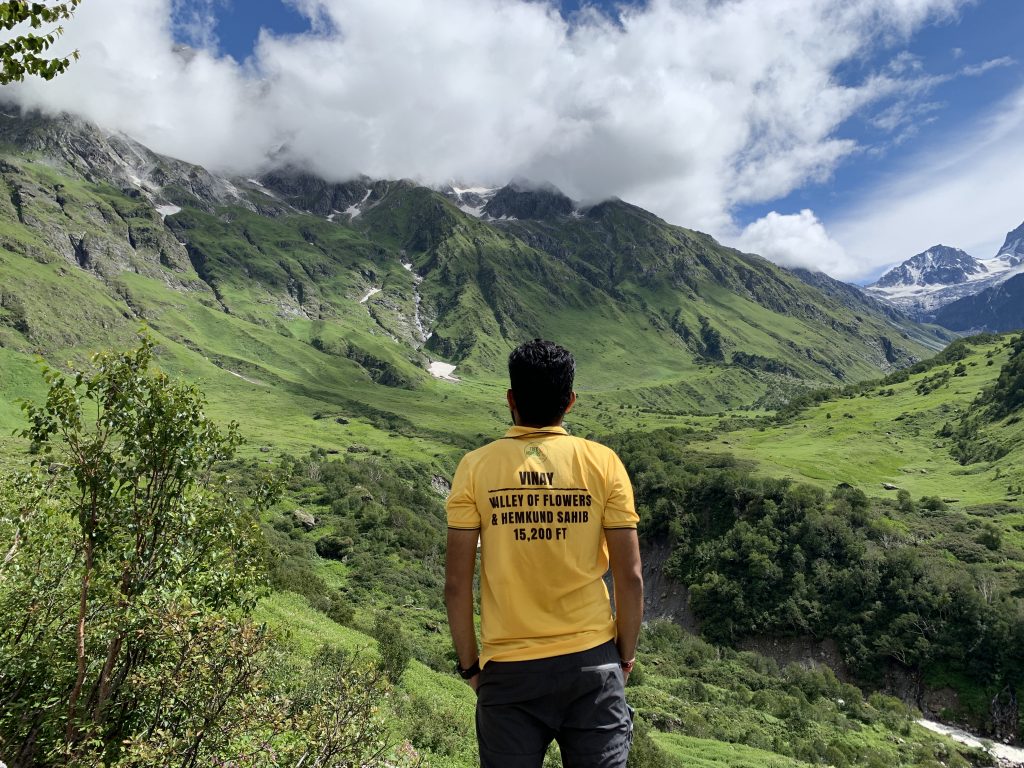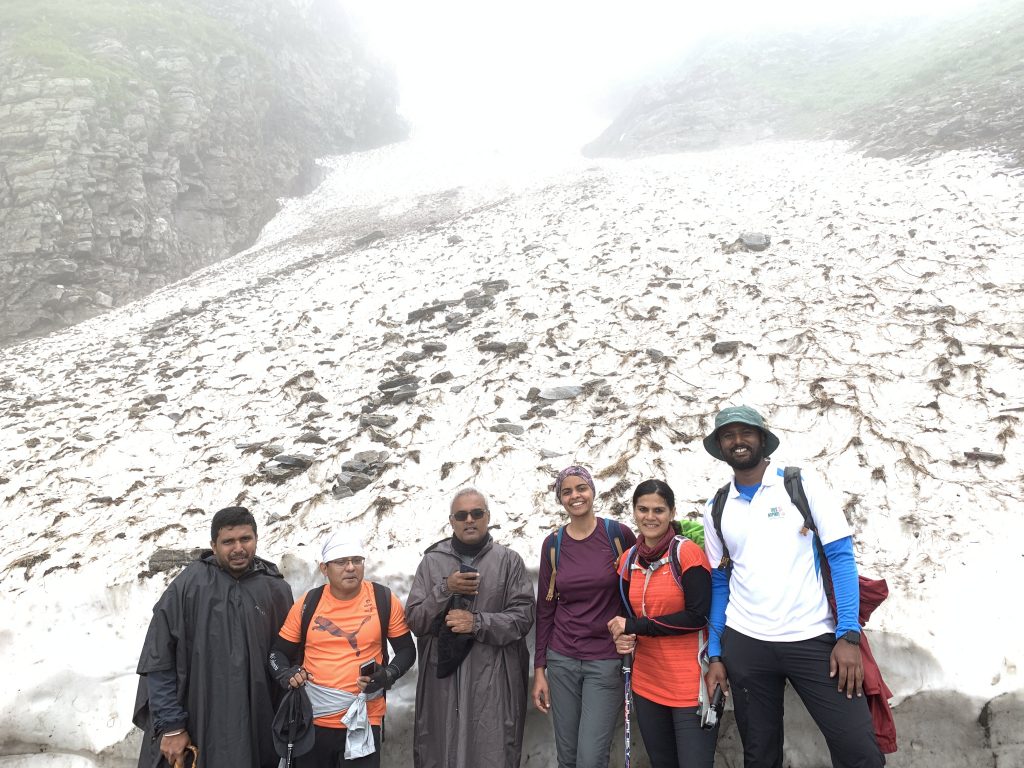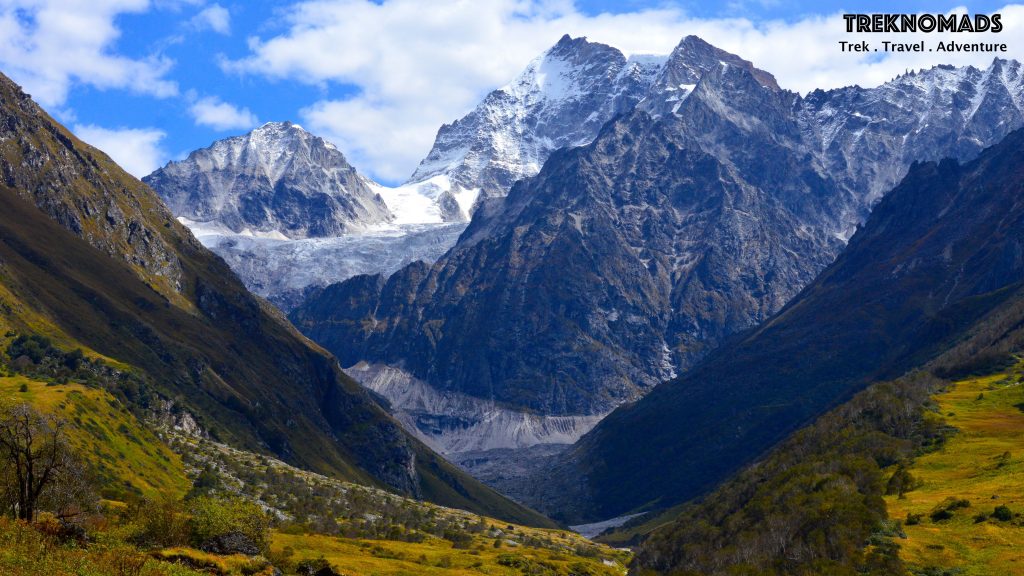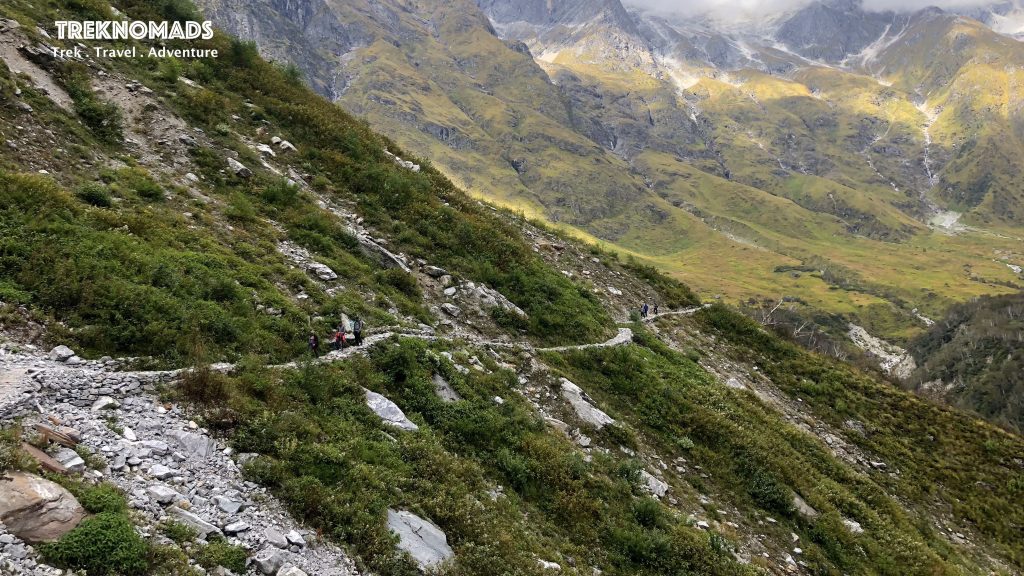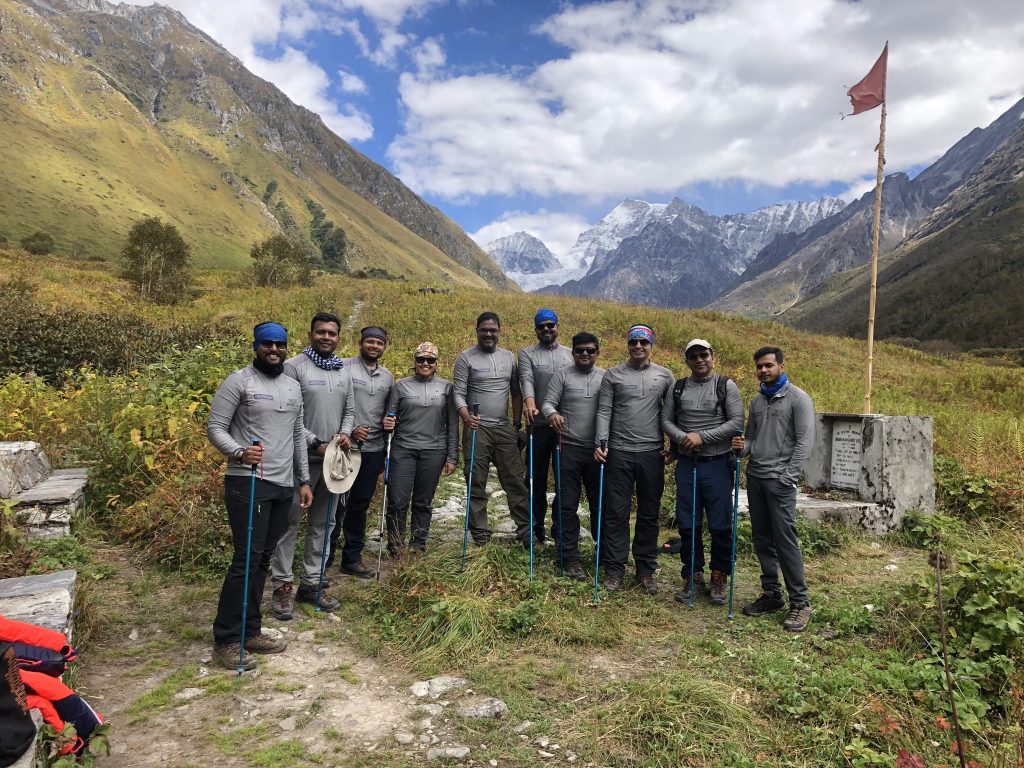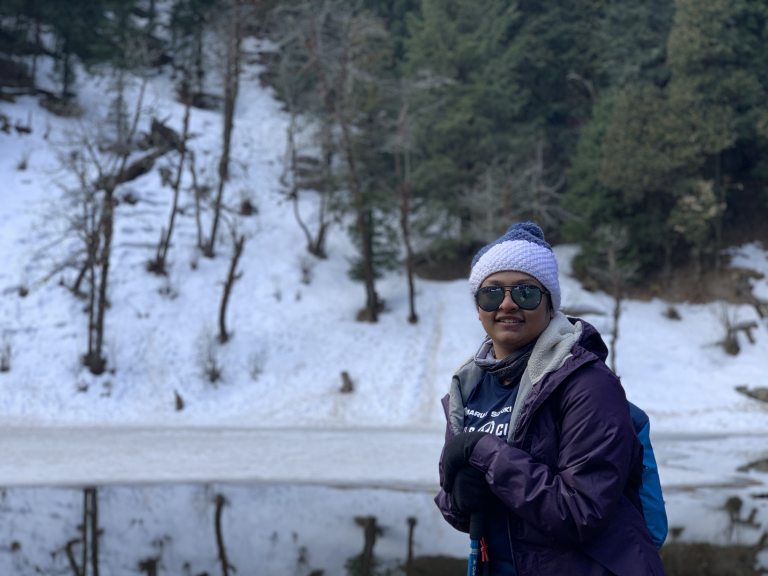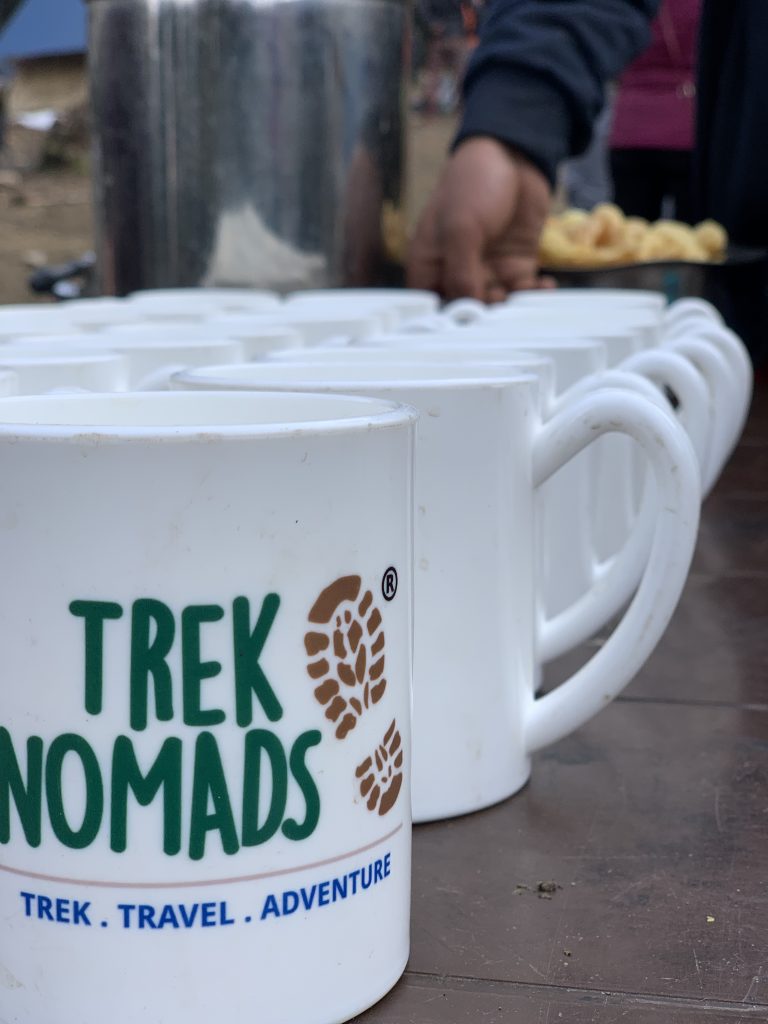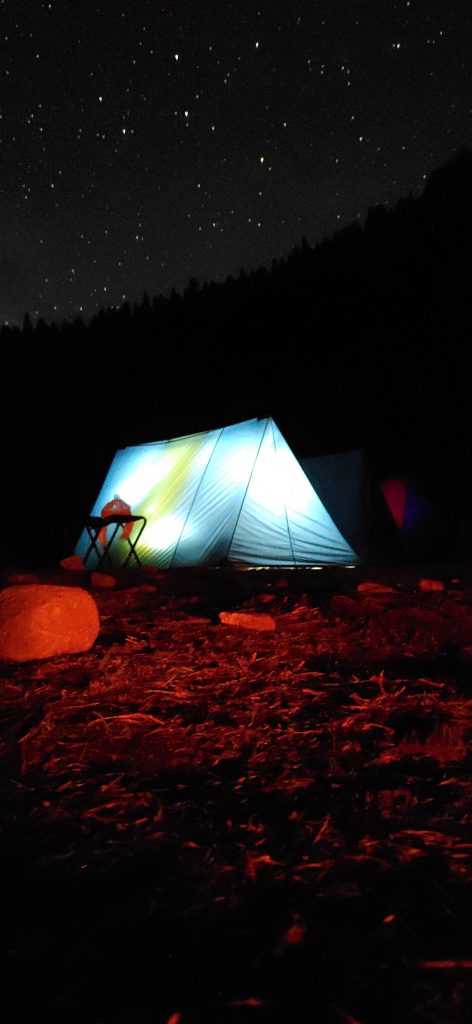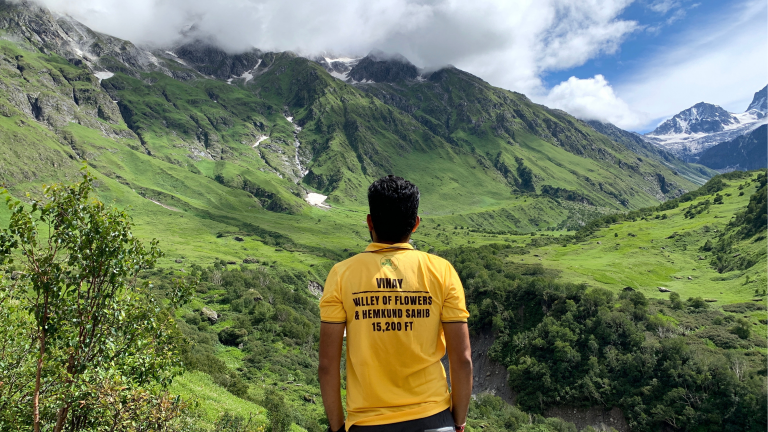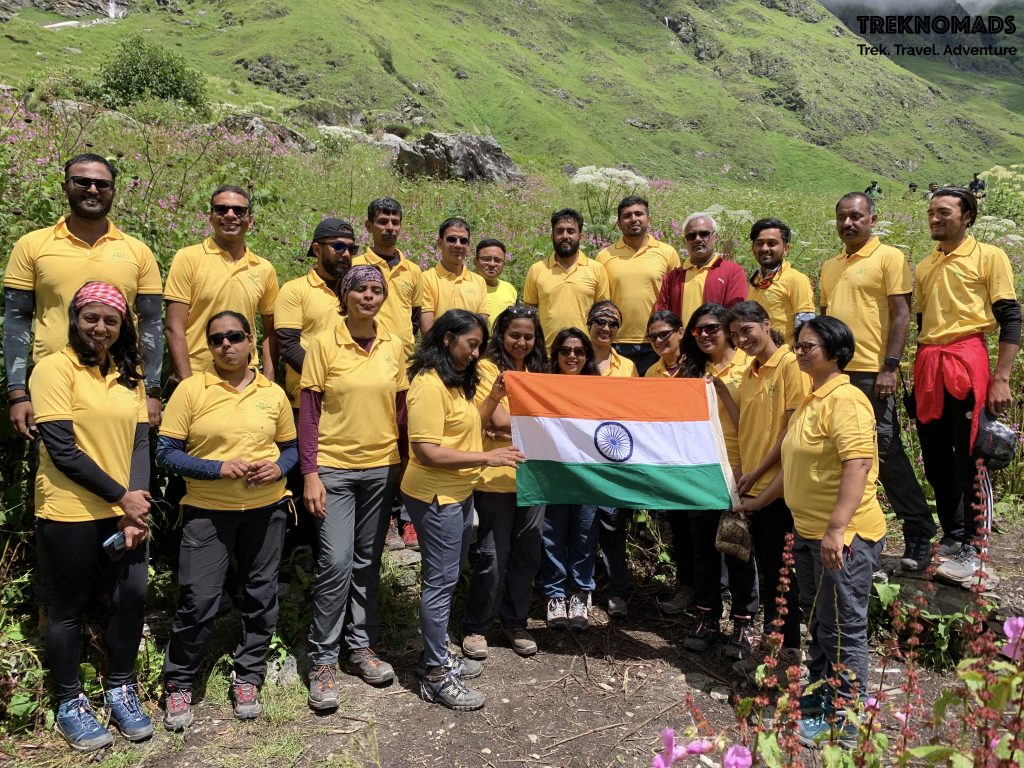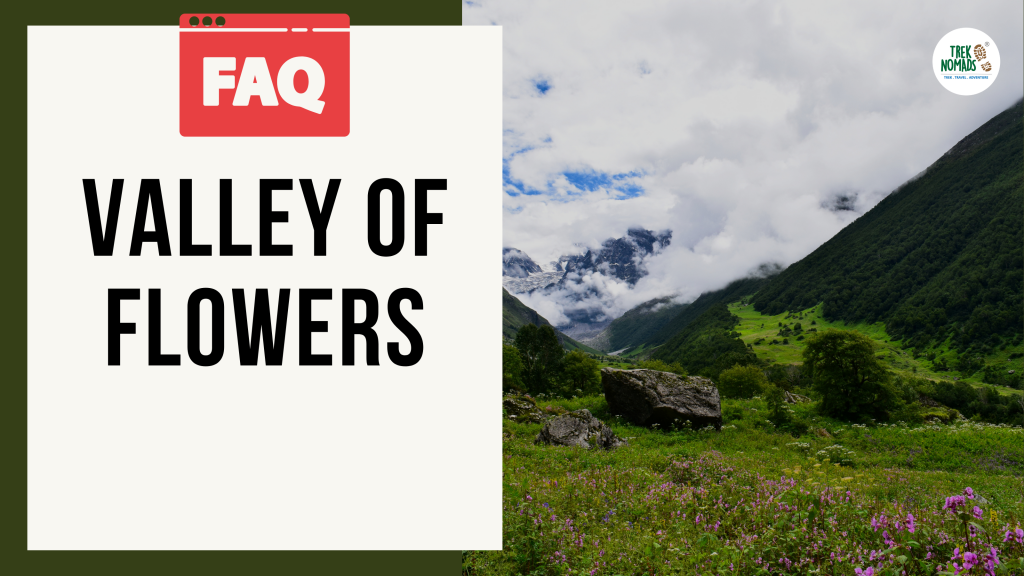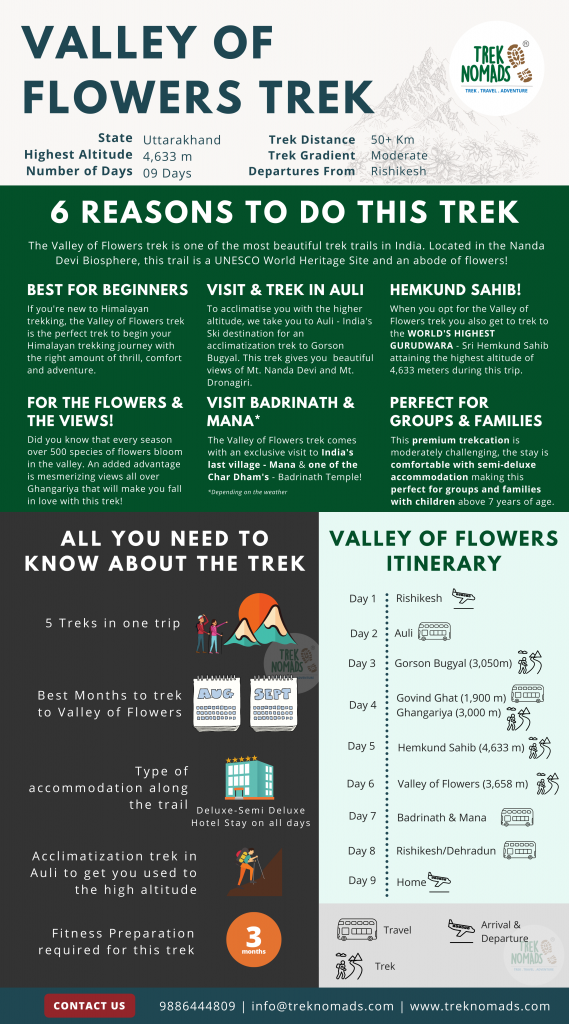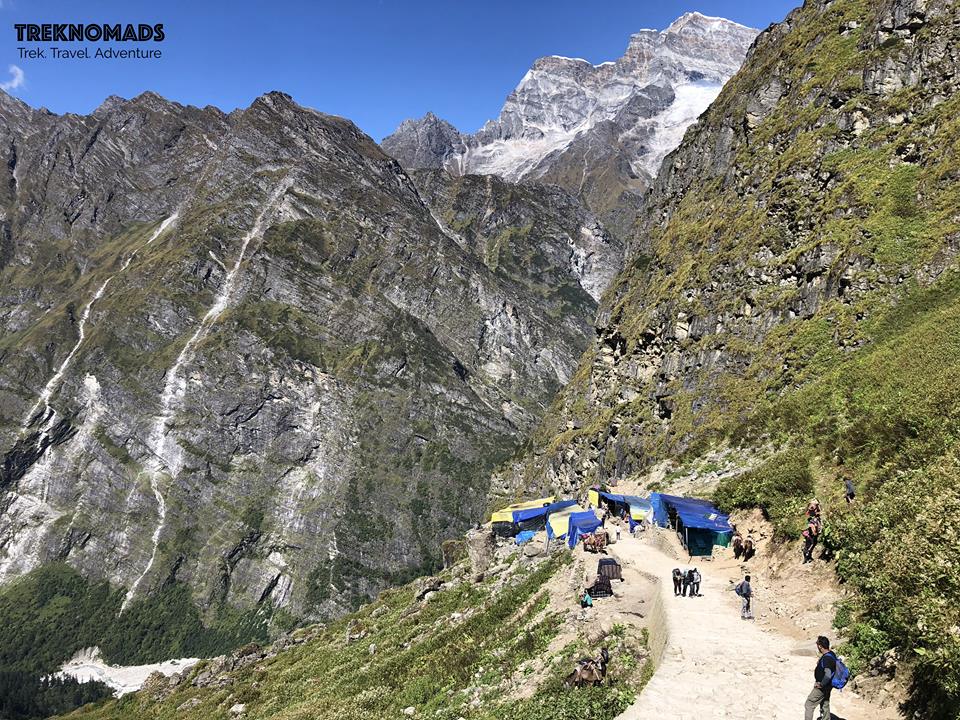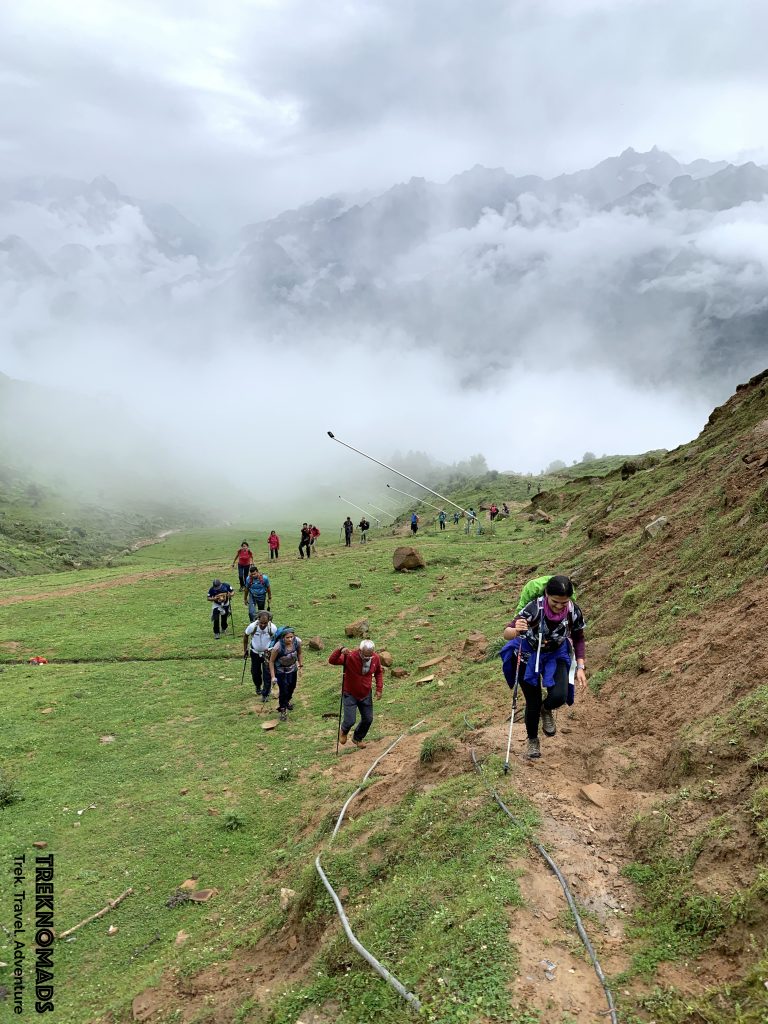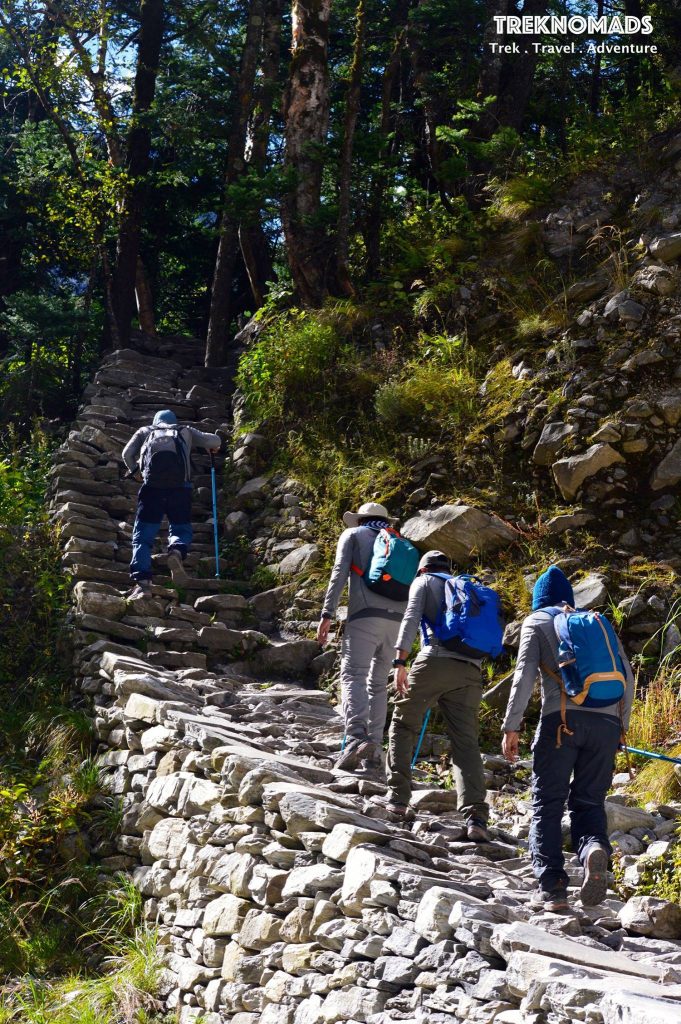With the country under lockdown again, we wanted to see where our Nomads’ hearts are at.
We conducted a survey to understand what trekkers feel about trekking post the COVID-19 pandemic. The short 5-question survey ran between 17th May 2021 to 6th June 2021 and we received an overwhelming 1078 responses.
Not only did our Nomads give us responses to the options, but they also took the time to share detailed suggestions and feedback. The team at TrekNomads spent the weekend reading through the responses and we cannot tell you how happy and positive this makes us feel.
A huge thank you to all of you who took the time to share your thoughts with us!
Here’s a quick look at what we understand from the survey:
We asked 5 simple questions:
- Are you considering trekking in 2021?
- Which trek are you looking forward to doing this year?
- Treks that interests you
- Which option below are you more comfortable with while trekking/traveling during and post COVID-19?
- Anything that you wish to share with us?
Let’s dive deeper into the results we have received:
1. Are you considering trekking in 2021?
Of the 1078 responses, 86.9% of Nomads said that they are considering trekking later in 2021. 13.1% said that they do not wish to trek or travel in 2021.

As you can see in the chart above, over 86% of our Nomads are ready to trek later in 2021. Most of the popular domestic Himalayan treks such as Valley of Flowers and Kashmir Great Lakes start departures post-July every year. This leaves a window a good 3-month window between July to September for Nomads to do these treks.
Coming to International treks such as Everest Base Camp, Annapurna Circuit Trek, and even Annapurna Base Camp trek which is primarily based in Nepal, these treks are open for trekkers post September every year. These treks can be done in September – October window. The weather is pleasant and the trails are less frequented as most trekkers prefer the spring season.
2. Which trek are you looking forward to doing this year?
As you can see in the chart below, we asked trekkers what kind of departures were they looking forward to being a part of in 2021. As expected, we see a larger chunk of trekkers about 21.4% opting for longer domestic Himalayan treks, 15.5% choosing weekend treks in the Western Ghats. About 8.3% stating that they just wish to travel with a nice stay and 6% wish to go on International treks.

If you take a look at our upcoming treks, we have a good number of treks in the Western Ghats, departures scheduled for the Himalayas in Uttarakhand, and international departures as well that you can choose from.
3. Which trek interests you?
We asked our Nomads which of these treks were they keen on doing later this year. 20.2% stated that they wish to Valley of Flowers trek, 15.5% chose Kedarkantha trek which, like Valley of Flowers is a popular trek in the country. 14.3% said that they want to explore Kashmir through the Kashmir Great Lakes trek. Both Kuari Pass and Everest Base Camp were surprisingly tied at 11.9%. Leaving us 10.7% who were interested in doing the Annapurna Circuit trek.

Interestingly, here is how time and again the Valley of Flowers Trek, which also happens to be our flagship trek, has come out as one of India’s most preferred treks. And rightly so, because of its trail and extremely vibrant beauty.
Recommended Reading: All you need to know about the Valley of Flowers trek
4. Which option below are you more comfortable with while trekking/traveling during and post COVID-19?
We asked our Nomads to tell us what group size and group type they would be comfortable trekking with post the COVID pandemic. 38.9% said that they wish to trek with a known group of 3-4 people. 16.7% said that they need a bigger group of 10-12 people. Another tie here of 16.7% stated that they wish to trek with family/friends. 11.1% would love to trek with their partner. 11.1% said that it doesn’t matter who they trek with as long as they’re trekking. And about 5.6% said that they would love to trek solo.
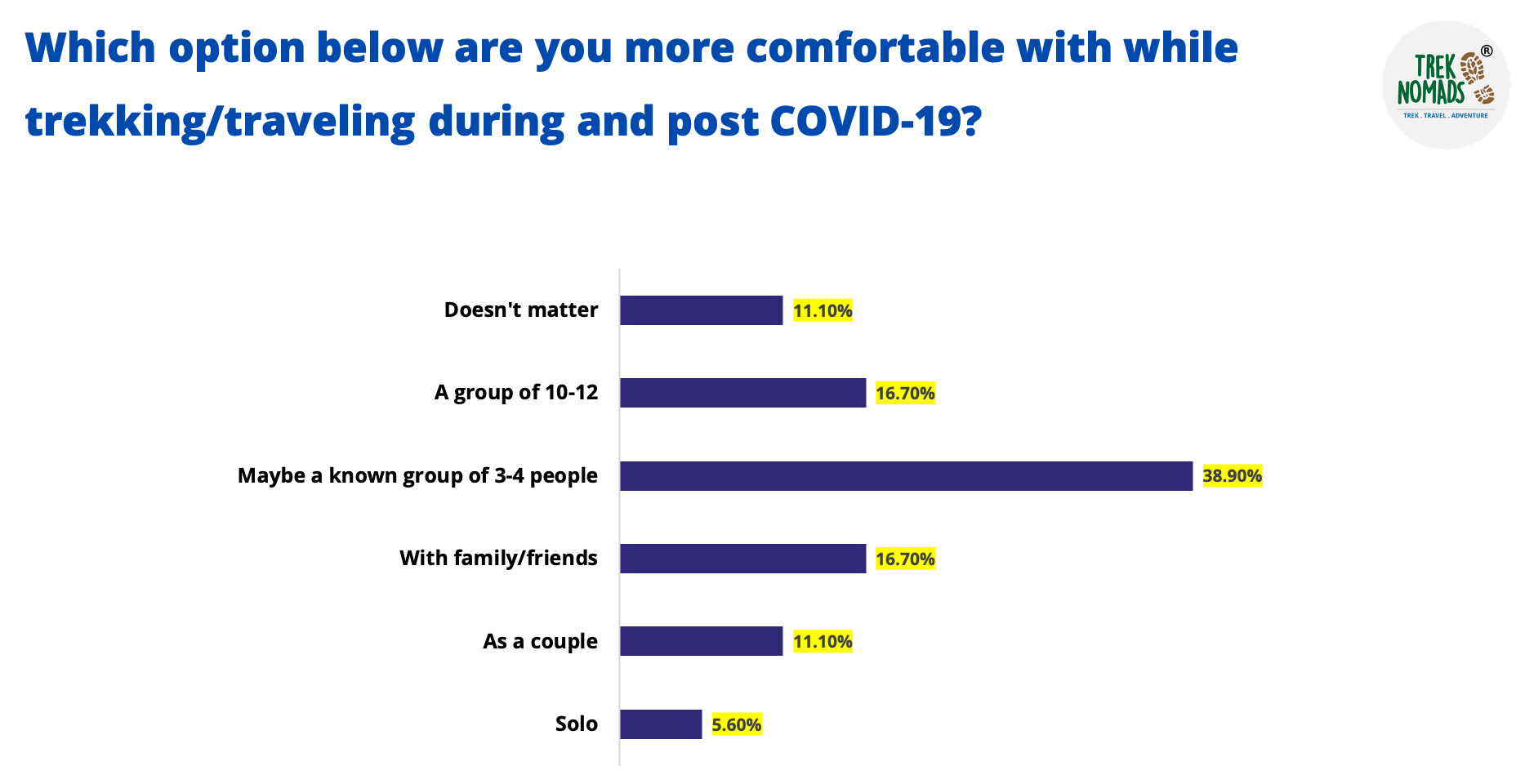
Considering the pandemic, it is not surprising that a large group of trekkers will choose to trek in smaller-known groups. Thankfully, our customized departures cater to such groups where you can:
- Choose your preferred dates
- Customize your itinerary
- Opt for accommodation as per your choice
Recommended Reading: How TrekNomads is making it safe for trekkers to trek post the COVID-19 pandemic
Coming to trekkers who wish to trek in groups of 10-12, almost all our departures cater to smaller more concise groups to ensure that we provide a personalized experience that makes your trekking experience even more comfortable. We have also had custom departures for couples who have celebrated birthdays, anniversaries, etc. in the mountains.
5. Anything that you wish to share with us?
Amongst all the open suggestions we have received, here are a few that we would like to highlight:
Booking a trek in these uncertain conditions:
As uncertainty looms over our heads, we understand that making the decision to book a longer trek may be difficult. This is why we have introduced the register now and pay later policy here at TrekNomads.
What does this mean? You can register for your preferred trek by paying a nominal registration fee and confirm your participation 30 days before the departure. So you have the flexibility of not paying the entire amount but still planning your treks.
Flexible cancellations:
A big concern that we noticed was around cancellations if the country suddenly goes into lockdown, or even in the unlikely event that Nomads or their family members turn COVID +ve. In lieu of the same, we have already taken measures to relax our cancellation policy.
With the changing travel advisories and newer regulations coming into the picture, we understand that deciding and booking a trek can get tricky. This is exactly why we have decided to extend our COVID cancellation policy for all treks booked up until 31 December 2021.
For every trek booked until 31 December 2021, cancellations made up to 14 days prior to the departure date will eligible for a full trek voucher refund after deducting a 10% booking fee, if you test positive (a valid government-approved document would be required for verification). The trek voucher will be valid until March 2022 and can be redeemed across any treks that we offer.
You can read our detailed cancellation policy, here.
Ensuring safety during COVID times:
As a community, our major focus has always remained on ensuring the health, safety, and security of our Nomads, our on-ground staff, and the locals. Since October 2020, we have taken around 250 Nomads to the mountains. To ensure their safety and the safety of our future trekkers, we have put strict COVID protocols in place. We have a detailed guide on all the Safety protocols we are following prior, during, and post our treks.
Other than the protocols we follow, we also ensure that our Nomads follow all regulations laid down by the government to ensure their safety and the safety of fellow trekkers.
Recommended Reading: Here’s how we’re making treks safe for our Nomads
How are we ensuring the safety of female solo trekkers:
Almost all our departures have female solo trekkers who either choose to trek solo or they choose to join an existing batch. In any case, we do our maximum bit to ensure the safety of women and all our Nomads who choose to trek with us. From accommodation to taking care of you when we’re trekking, traveling to ensuring you reach home safe when you’re with us, you are safe. We have had women-only groups who have done long treks with us in some of the most remote areas of Uttarakhand, they come back happy with tons of good experiences.
This women-only batch trekked with us to Valley of Flowers, here’s what they had to say:

Mariam Taqui Ali who joined us on the Chadar Trek was also a solo female trekker, she had some amazing memories that she has shared with us as well. Read all about her experience here.

Recommended Reading: Leadership lessons learned through the trail by Priyanka Murthy
Main takeaways from the survey:
What we observe through the survey is that our Nomads are ready now more than ever to start trekking again. A lot has changed for us on-ground – the way we manage treks, the protocols we follow, the way we scout and train guides and trek leads. To more important details such as how we cautious when we provide accommodation or even during transit to and fro from the arrival destination to the base camp.
Over the past few months, we have been constantly working on the ground to ensure these measures are set up for Nomads. This in turn has helped us make our departures safe and more inclusive. We can with sureity say that we are now ready to take our Nomads to the mountains, and we sure know that our Nomads are ready to go back to the mountains.


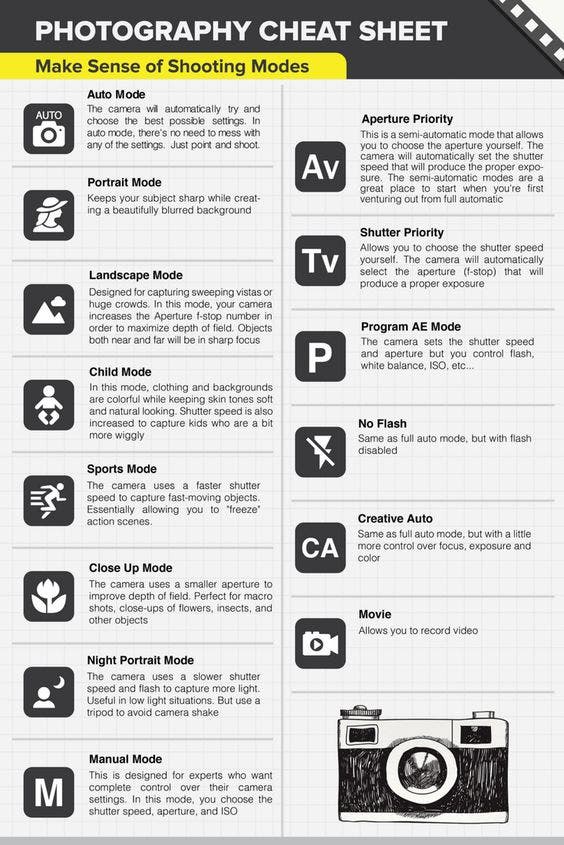

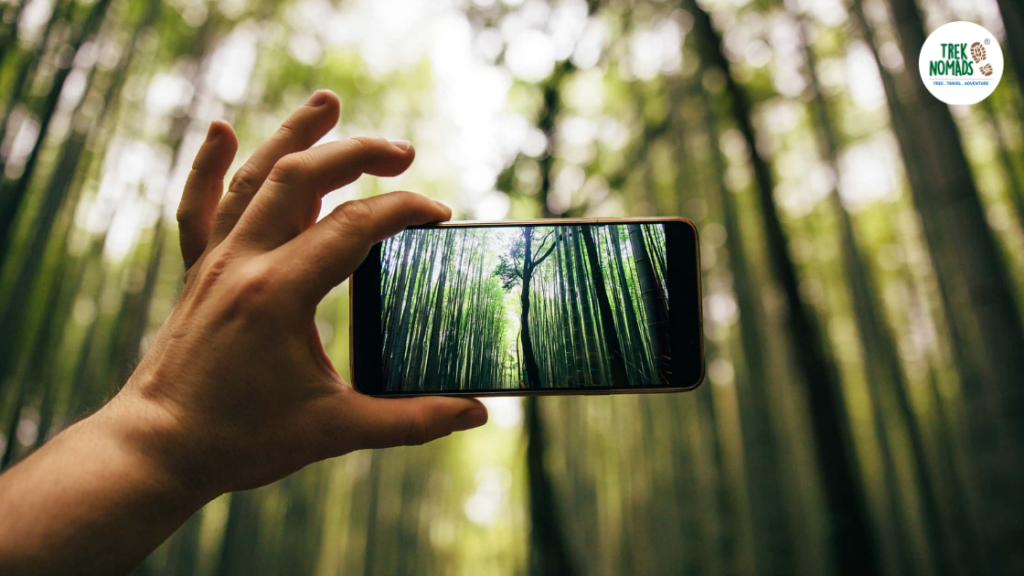
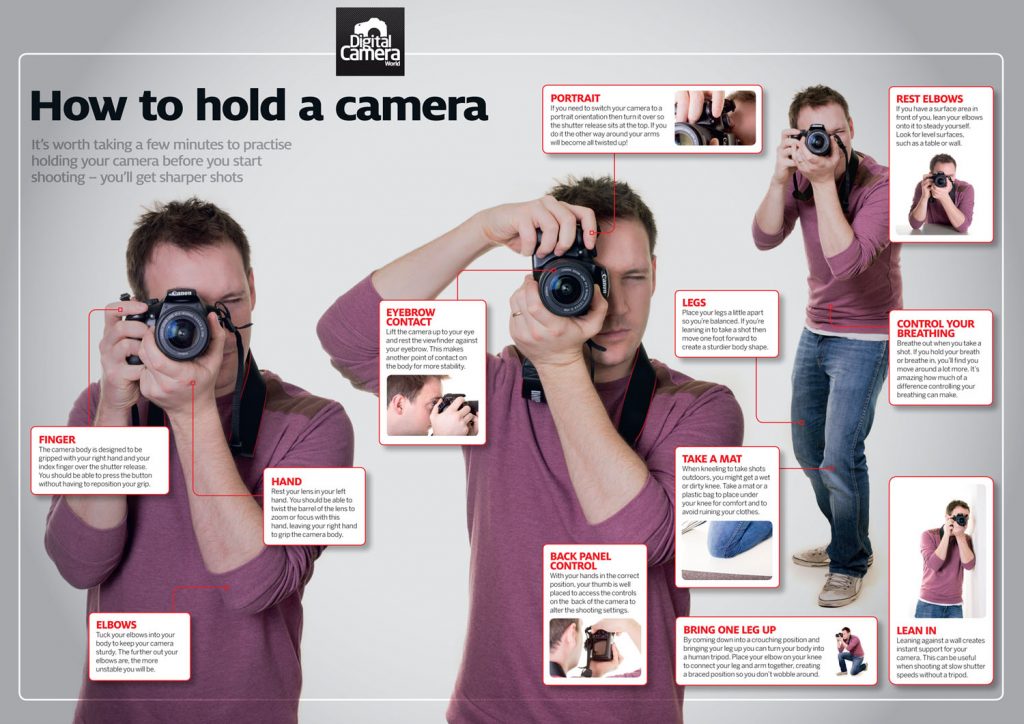
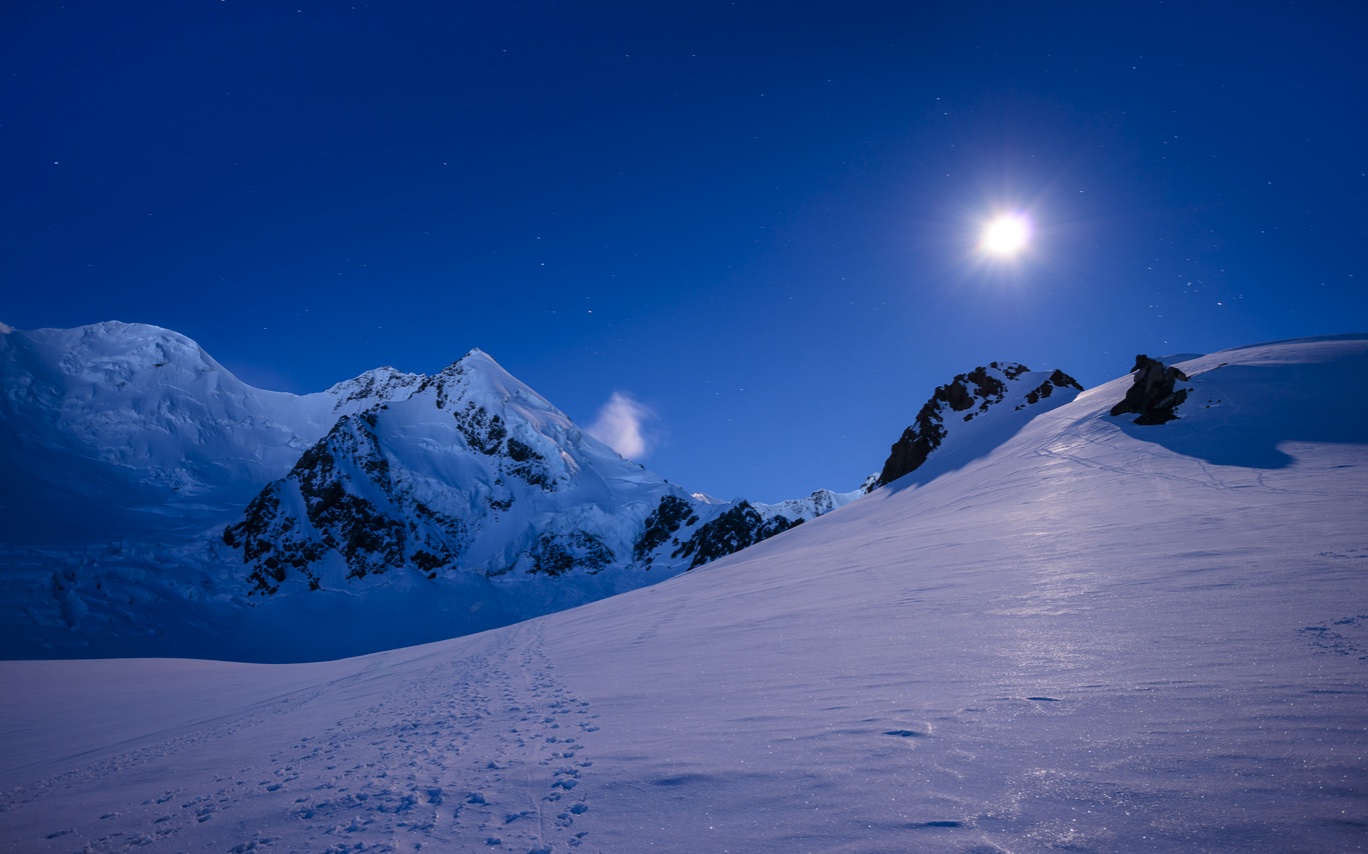
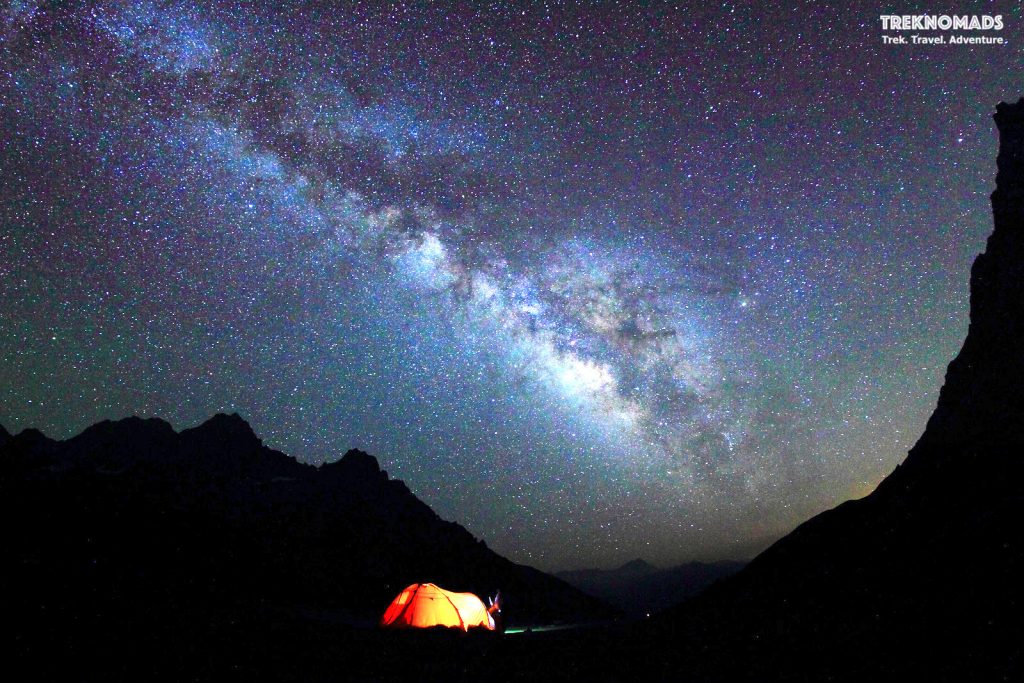

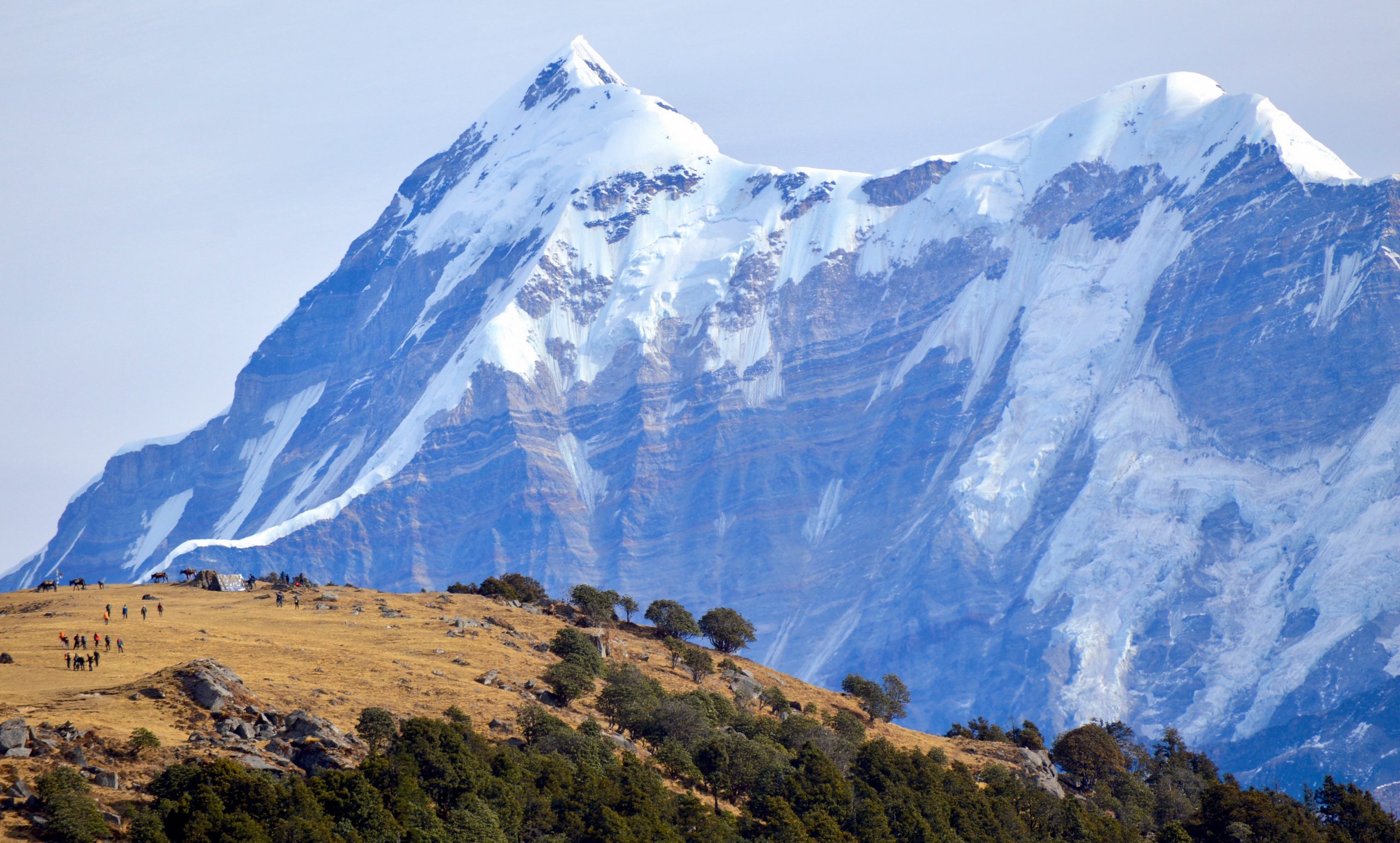

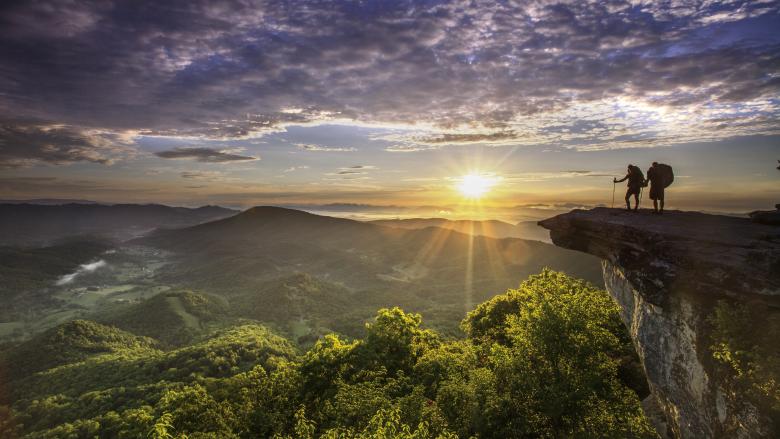

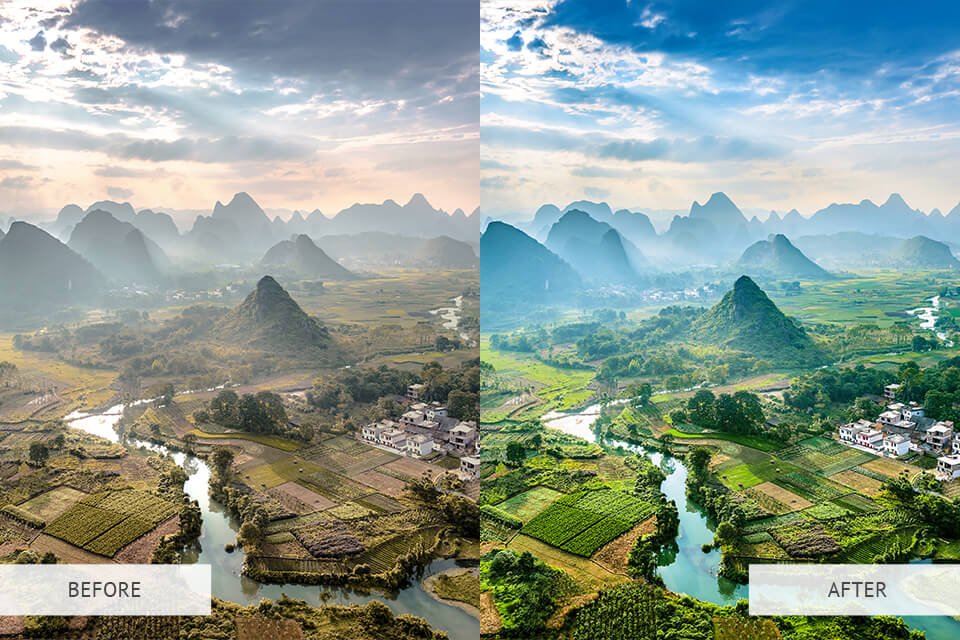

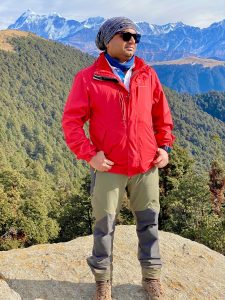 Mahendra Rathod has done Post Graduate Diploma in Management(PGDM) from the Indian Institute of Management Bangalore (IIMB) and a Bachelor’s degree in Mechanical Engineering from M.S. University Baroda.
Mahendra Rathod has done Post Graduate Diploma in Management(PGDM) from the Indian Institute of Management Bangalore (IIMB) and a Bachelor’s degree in Mechanical Engineering from M.S. University Baroda. 

















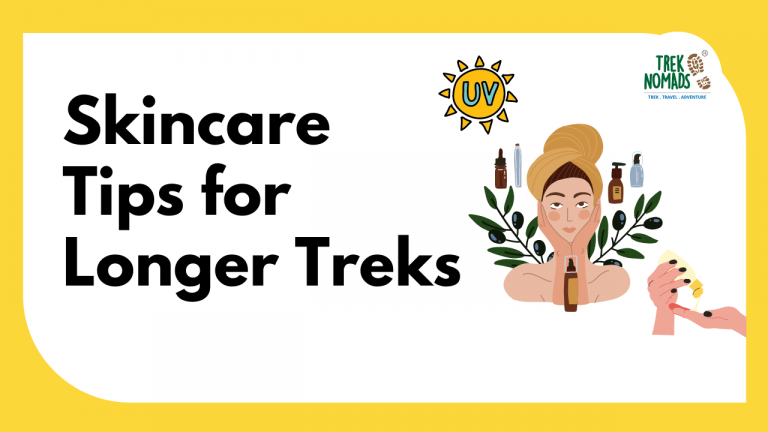
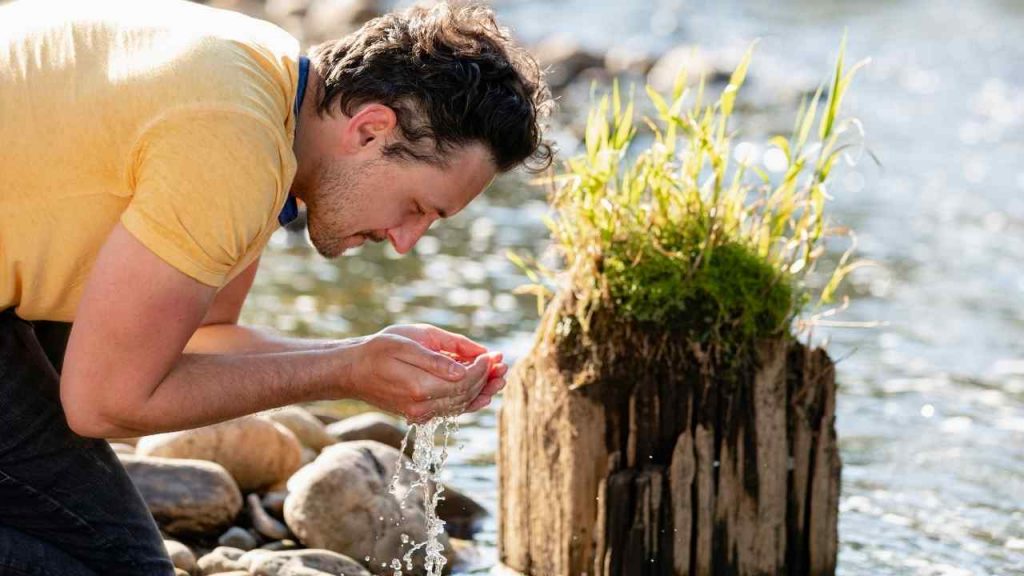
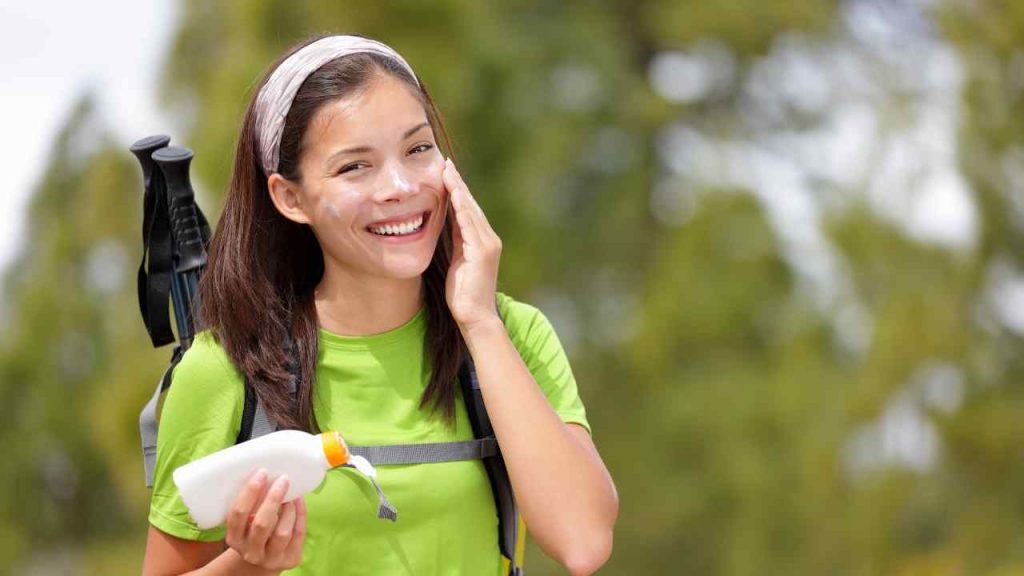 This is a no-brainer when you speak about skincare while trekking. The sunrays in the mountains are harsher on your skin than in the city, so wearing sunscreen on your trek is a
This is a no-brainer when you speak about skincare while trekking. The sunrays in the mountains are harsher on your skin than in the city, so wearing sunscreen on your trek is a 